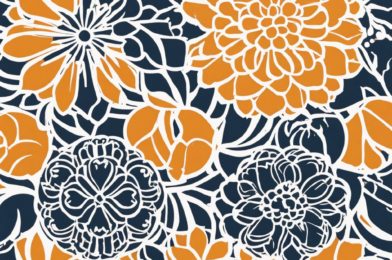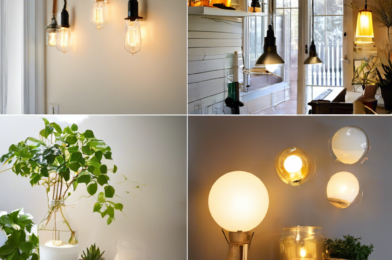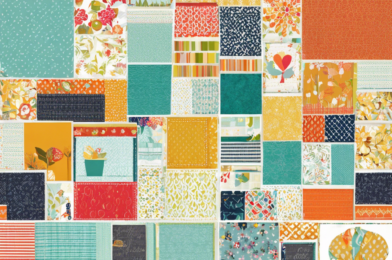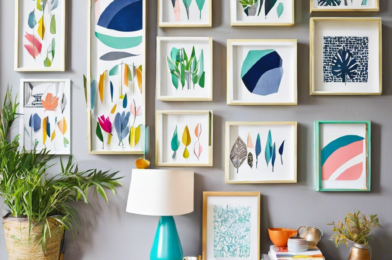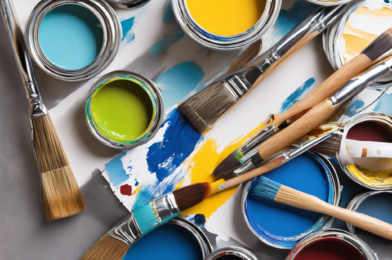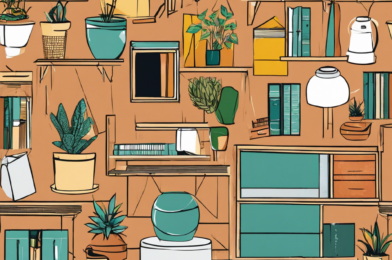Stenciling techniques offer a versatile and creative way to enhance your home decor. By using stencils, you can add personalized touches to your walls, furniture, and other surfaces with ease. Whether you’re a beginner or a seasoned DIY enthusiast, mastering stenciling techniques can bring a new dimension to your home design projects.
One of the key factors in successful stenciling is choosing the right materials. Opt for high-quality stencils made of durable materials such as mylar or plastic. These materials are easy to clean and maintain, ensuring that your stencils will last for multiple uses. Additionally, invest in good quality stencil brushes to achieve crisp and clean lines in your designs.
Before you start stenciling, it’s important to prepare your surface properly. Clean the surface thoroughly to remove any dust or debris that could affect the stencil’s adhesion. If you’re stenciling walls, consider using painter’s tape to secure the stencil in place and prevent any shifting during the painting process.
When it comes to paint selection, choose a high-quality acrylic or latex paint for stenciling projects. These types of paint work well on a variety of surfaces and offer good coverage. Remember to apply the paint in thin, even layers to prevent bleeding under the stencil and achieve professional-looking results.
Experiment with different stenciling techniques to create unique effects in your home decor. Try layering stencils for a dimensional look, or use a stippling technique to add texture to your designs. You can also play with color combinations to create visually stunning patterns and motifs that reflect your personal style.
If you make a mistake while stenciling, don’t worry! There are ways to fix it. You can use a damp cloth or sponge to quickly wipe away any excess paint before it dries. For more stubborn mistakes, consider using a small artist’s brush to touch up the area with matching paint.
After you’ve finished stenciling, allow the paint to dry completely before removing the stencil. Carefully peel back the stencil to reveal your masterpiece underneath. If you’re stenciling a larger area, work in sections to ensure that the paint doesn’t smudge or smear as you move across the surface.
In conclusion, stenciling techniques can be a fun and rewarding way to elevate your home decor. With the right materials, preparation, and techniques, you can transform your living space with custom designs that reflect your individual taste and style. Get creative, experiment with different patterns and colors, and enjoy the process of stenciling as you create a truly unique home environment.
